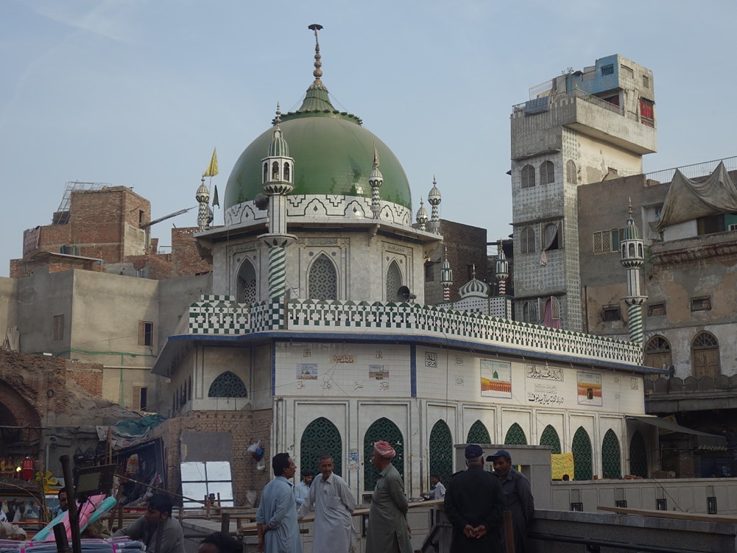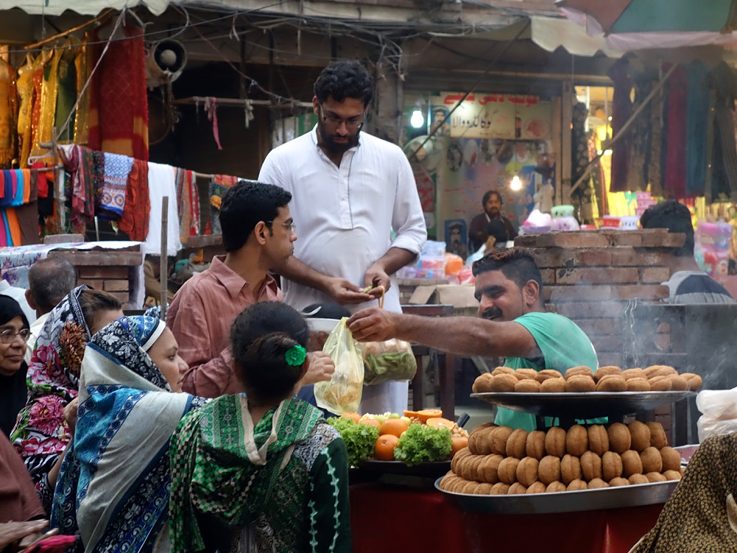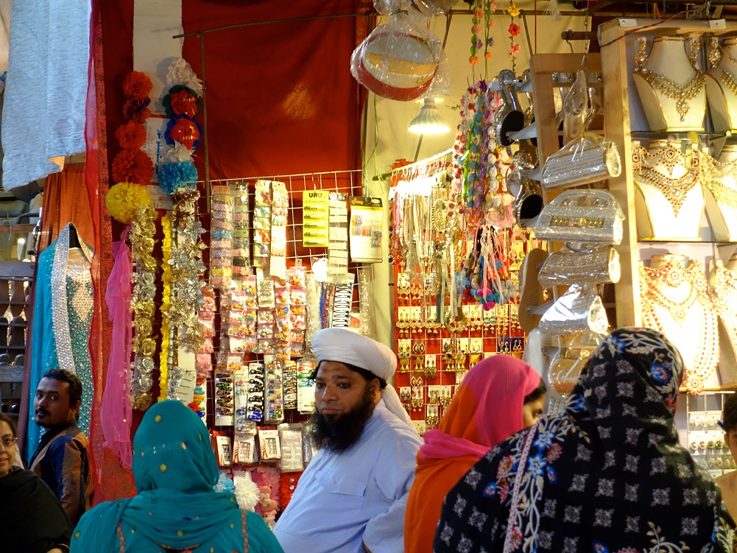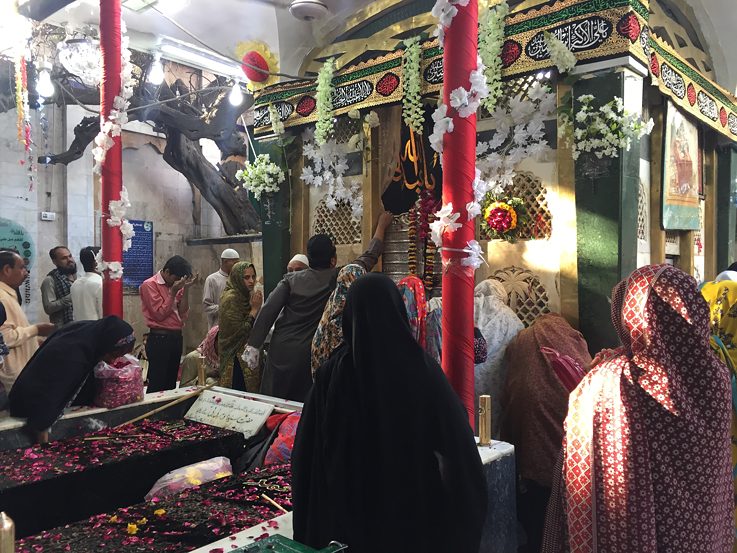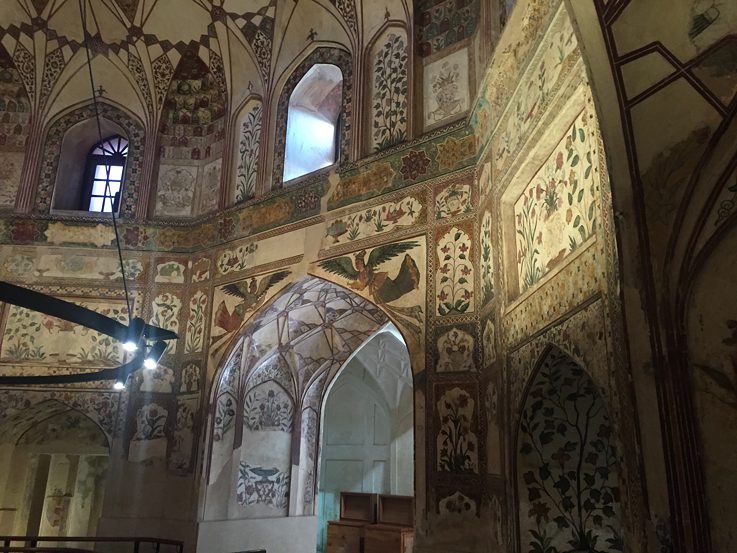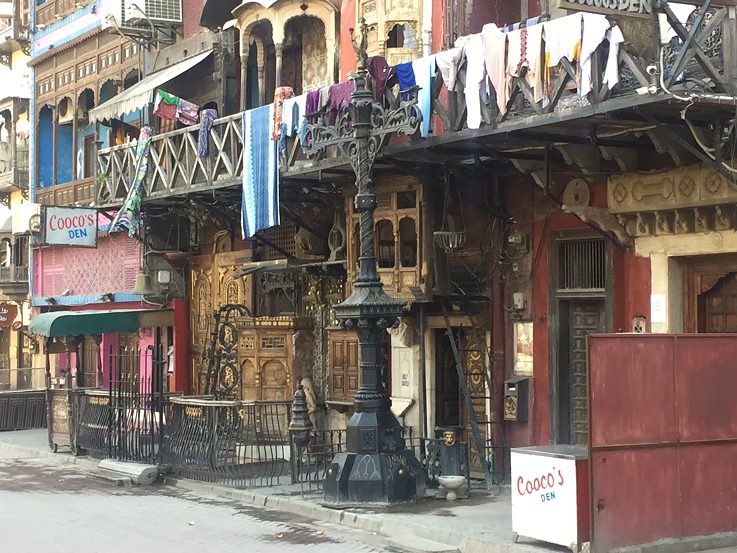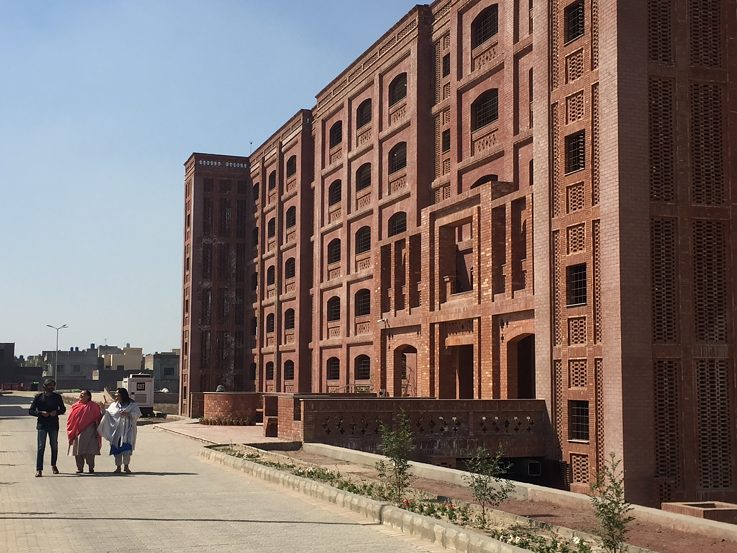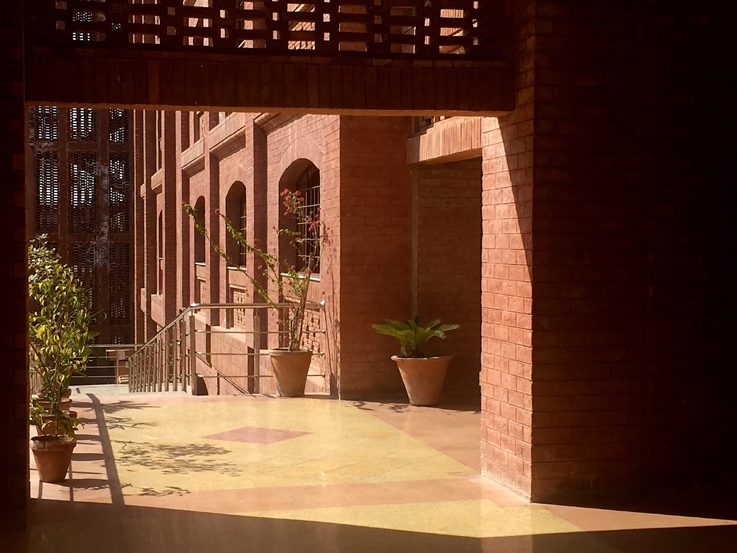Christoph Peters experience in Lahore.
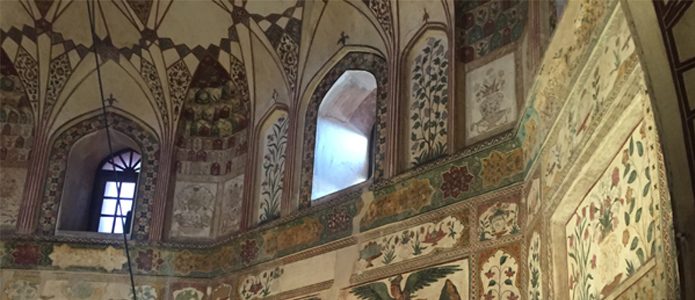
I am currently privileged to spend eight weeks in Lahore funded by a scholarship from the Goethe-Institut Pakistan, Karachi, and the locally-based Annemarie Schimmel Haus. As well as researching for short stories and a novel project, much of which is to be set in Pakistan, an opportunity to lead a Storytelling Workshop at the recently-founded University of Culture and Arts (UVA) arose thanks to Sir Zafer Iqbal. The workshop is open to students from all artistic fields. In other words the idea is to write and discuss not only literary texts, but also movie script and short film ideas, computer game concepts, animation and graphic novels. Accordingly the format is not just classic discussion of texts – there’s a lot of improvisation, using the ideas and needs of the workshop participants as a starting point. Particularly where film script and scene development are concerned we regularly come across suspenseful situations, in which we try to use specific everyday experiences drawn from family, university or public life as a basis for film content and video clips. Another focus is discussing the social relevance of all forms of story, which frequently leads to active and in some cases downright controversial debates about the status of art, literature and film in Pakistan today. These discussions always throw up differences – but also similarities – between what might be “tolerated” or “banned” in art, with regard to language as well as different narrative traditions and forms, from a Westernised secular perspective as against the Pakistani Islamic outlook. The atmosphere is characterised by its great openness, mutual curiosity and respect. Independently of the workshop, participants have frequently invited me to private barbecue parties, city tours, and in some cases into their homes, with the result that true friendships have developed – whilst at the same time opening up an opportunity for me to gain a deeper insight into the everyday reality of young Pakistanis.
I am especially glad and grateful that Mdm. Sadjida Haider Vandal and Sir Pervaiz Vandal, the founders, builders and directors of the UCA, welcomed me as a guest in their private home. Their vision of allowing Pakistan’s endlessly rich cultural traditions to benefit the social and artistic developments of the present day, whilst at the same time preserving and continuing them, forms the conceptual basis of the new university. Mdm. and Sir Vandal adopt a global philosophy without denying their own roots. They command an infinite resource of knowledge, experience and stories – so that the daily conversation at mealtimes, sometimes also involving other friends of the Vandals, never fails to enrich my own ideas and thoughts by new perspectives and aspects. Apart from that, I’m gradually getting the idea of how a Pakistani household functions, and I’m becoming familiar with the excellent cuisine of Pakistan in ever-new variations.
Nevertheless there’s enough time left over to make some progress with my own literary work, and above all to discover some of the many faces of Lahore. I usually travel into one of the suburbs of an afternoon, in one of the omnipresent rickshaws if possible, and check out the area on foot. As well as numerous significant structures from the Mughal period, there are buildings from the 19th century in which elements of traditional Islamic architecture merge with a British neo-Gothic style. But there are also some outstanding examples of contemporary architecture, in which Western modernism fuses with the Indo-Pakistani traditions.
I never cease to be impressed by the shrines of the Sufi saints, at which they practise a different type of Islamic spirituality beyond fundamentalist Wahabi bigotry. You can meet malangs and wandering dervishes there, some of whom are dressed in black, others in bright red or orange, who have dedicated their whole life to the love of God. They wear amulets and icons on neck chains, rings and bangles on their hands and feet, and don’t bother much about social conventions either. You see followers of diverse orders and brotherhoods of Sufism performing their rituals here. Old and young, poor and rich, families with children – they all come to ask for blessings, give thanks or simply to pay their respects to the master or saint at that shrine. At Bibi Pak Daman – the mausoleum of Rujayyah bint Ali ibn Abu Talib, the daughter of Ali, the fourth Caliph, and her companions – men and women, as well as followers of different confessions, mingle together without anyone getting upset. Incense mixes with the fragrance of the rose petals scattered by many at the sepulchres. Other pilgrims give out sweets to the visitors. Despite the constant coming and going, there’s an atmosphere of peace and concentration. And even if these shrines have once more become a favoured target of attack for Jihadist groups, particularly in recent times, it does seem as though those individuals who view religion and spirituality as a route to spiritual breadth, openness and tolerance are neither intimidated nor scared off by this.
In many old town districts, not just the famous Walled City, with the wonderful Wazir Khan Mosque in the centre, time seems to have almost stopped, and I sometimes feel as if I’ve landed in a ageless oriental dream. Spice bazaars, fruit and vegetable sellers, kitchen appliances and furniture, beaded fabrics for wedding gowns, gold and silver jewellery, all kinds of cheap plastic goods, toys and devotional objects – a crazy mix of everything. But these exist alongside wide boulevards with sparkling shopping malls, where they sell exactly the same range of products marketed by international retail groups anywhere in the world. Donkey carts and horse-drawn vehicles in combination with motorbikes, rickshaws, Japanese limos and all sorts of transporters in every possible colour form an almost magical traffic chaos. Street food stalls stand side-by-side with big-brand fast food outlets; traditional Pakistani restaurants are juxtaposed with the Western influence of fusion cuisine.
More than anything else Lahore – and ultimately the whole of Pakistan – is characterised and made special by the endless diversity, the proximity of different lifestyles and philosophies, and the contemporaneousness of the uncontemporary. It feels almost like being in a globalisation laboratory, where they keep performing new experiments and trialling test assemblies – complete with all the risks and side effects, resulting in an open outcome. If they are successful, maybe one day it will become an example of how traditional identities can be preserved yet at the same time modernised, a model of how a globalised world functions as a peaceful coexistence.
